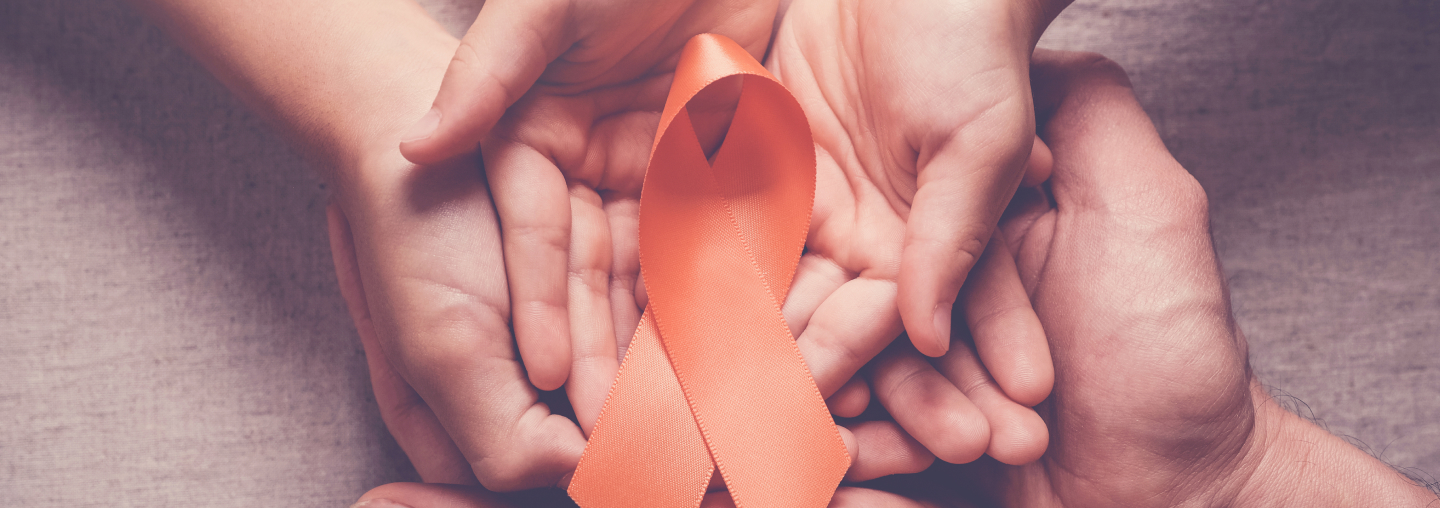Current and previous National Institutes of Health (NIH)-recognized clinical trials for CRPS drug and device therapies can be found at clinicaltrials.gov website. These studies include trials in the U.S. and other countries.
Go to the Clinical Trials website and type in CRPS in the condition block. Even if trials may not be readily available to you, their results may have a significant impact on treatment and quality of life if successful!
Of interest are a few studies now recruiting CRPS patients:
1. Transcranial Magnetic Stimulation therapy at Stanford School of Medicine in Redwood, CA. Previous TMS studies at Stanford have demonstrated temporary but significant pain relief by this therapy.
2. There is a clinical trial recruiting CRPS patients for a device known as the Evoke closed loop Spinal Cord System. Go to ECAPstudy.com for details.
3. RSDSA is sponsoring a clinical trial at the Cleveland Clinic evaluation the efficacy of nitrous oxide as a pain treatment for CRPS patients.
4. In France, there is a current trial underway evaluating the use of Continuous Peripheral Nerve Blocks in patients with upper body CRPS.
5. In the Netherlands, there is a trial recruiting Type-1 CRPS patients for the purpose of comparing outpatient long-term periodic S-ketamine treatments vs. shorter-term inpatient daily treatments with S-ketamine.
Other recent larger-scale studies evaluating the efficacy of the drug Neridronic Acid IV were discontinued as the drug did not show more substantial pain relief than the placebo.
What research is being done on CRPS?
Because CRPS is a rare disorder and poorly understood, the syndrome has been under the radar with regards to national funding and research. But where there is determination, there is hope.
Much of the research to date has been driven by a handful of physicians specializing in the diagnosis and treatment of the disorder and by the United States Army Medical Corps as as they faced significant numbers of seriously wounded veterans returning home from IRAQ and Afghanistan with CRPS and post-amputation phantom pain.
The groundbreaking work in using long-term anesthetic agents in military regional field hospitals (pioneered by Dr. Chester Buckenmaier and his colleagues) dramatically reduced the incidence of CRPS. That success can, in turn, be used as a model for the prevention of CRPS for high-risk patients.
There is further room for optimism and additional research. An extremely significant development has occurred in the treatment and research of CRPS. The FDA has designated CRPS as eligible for orphan drug status, which provides special incentives and expedited reviews for rare but serious conditions.
This should stimulate more interest by pharmaceutical and medical device manufacturers in researching treatments for the CRPS.
The mission of the National Institute of Neurological Disorders and Stroke (NINDS) is to seek fundamental knowledge about the brain and nervous system and to use it to reduce the burden of neurological disease. NINDS is part of the NIH, the leading supporter of biomedical research in the world, and leads NIH research on CRPS.
The NIH HEAL (Helping to End Addiction Long-term SM) Initiative is an ambitious multi-agency effort to expedite scientific solutions and opioid alternatives to treat pain in order to stem the national opioid public health crisis. Through the initiative, NIH supports research to enhance pain management and improve treatment for opioid misuse and addiction.
The NIH HEAL Initiative includes research focus areas led by 12 NIH institutes and centers supporting hundreds of projects that reflect the full spectrum of research from basic science to implementation research.
In 2019, NIH awarded $945 million in funding for grants, contracts, and cooperative agreements across 41 states through the HEAL Initiative. This contribution has significantly increased funding for pain research.
NINDS-supported scientists are studying new approaches to understand and treat CRPS and how to limit the symptoms and disability associated with the syndrome. Other NIH institutes also support research on CRPS and other painful conditions.
Research efforts include:
- Understanding how CRPS develops by studying immune system activation and peripheral nerve signaling using model systems of the disease.
- Genetic and other approaches to investigate the contribution of peripheral inflammatory cells and central nervous system non-neuronal cells peripherally and centrally to the acute phase of CRPS and its transition to the disorder’s chronic phase.
- Examining serum and skin biopsies to better understand changes in immunity that are seen in post-traumatic CRPS. Such studies may provide support for future CRPS clinical trials using methods such as intravenous immunoglobulin (IVIG), rituximab B cell antibodies, and other FDA-approved treatments for autoimmune diseases.
- Studying neuroplasticity in children and adolescents with CRPS—who generally have a better prognosis than adults—to gain insights into mechanisms that may prevent chronic pain and develop more effective therapies for the disease.
- Experimentally evaluating the use of ketamine (which has been used in adults as an add-on therapy to treat adult chronic pain) and dexmedetomidine (which has sedative and analgesic properties) to treat pain in children
- Investigating the effectiveness of transcranial magnetic stimulation in reducing CRPS-related pain and associated cognitive, physical, and emotional symptoms.
